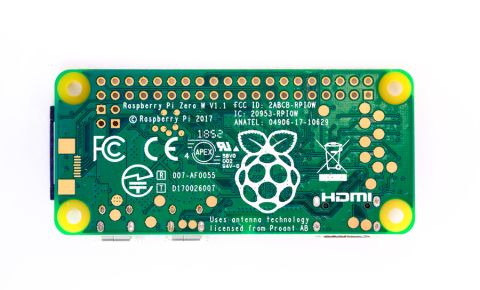Bringing AI to Market the Easy Way

There are numerous resources available that can enable you to bring AI into your product line. However, if you are new to AI, the path from prototype to production can seem daunting. There are new technologies to consider, making developing an AI model a very different beast compared to traditional linear programming. Estimating the processing and memory resources you’ll need can seem somewhat challenging as well.
While implementing AI can be complicated, it doesn’t have to be. Consider the complexity of implementing a USB port. Writing a reliable, compliant stack is a massive undertaking. Except no one needs to do this themselves because the necessary USB components are available off-the-shelf.
The same is becoming true for AI. AI is a fast-evolving technology, but the components are becoming available off-the-shelf almost as quickly. You don’t have to understand the complexities of tensors or how GPUs work to take advantage of AI. Today it is possible to build a custom board with flexible capacity to meet the needs of your application without really understanding what’s taking place under the AI hood.
The first place to start is with a board like the Jetson Nano. The Nano is from Nvidia and has 128 GPU cores managed by a quad-core CPU. It turns out GPUs are well-suited for AI processing, which is one of the reasons AI technology is evolving so quickly: the base processor has already been proven in intensive graphics applications for over a decade. You can learn more about the Jetson Nano Developer Kit and begin experimentation with AI to see how it can take your application to the next level.
The next step is to work with an open source AI platform like TensorFlow. There are a great variety of online resources to get you up to speed in creating a base AI model without having to become an expert in AI algorithms. First, you’ll feed data into the platform to create a model which will run on the Jetson Nano. The model “learns” from the data you provide. Next you’ll test the model with new data to confirm that you like the responses you get. Then you’ll deploy the model in a prototype, verify operation and efficiency, then go to production.
Seems simple? In many ways, it is this simple. You don’t ever program an AI model, you train it. So designing an AI is really about collecting the right data to teach the model and then verifying that it performs as expected.
Many developers worry about what happens at the final stage: going from prototype to production. After all, while the Jetson Nano Developer Kit is a proven board, it probably has interfaces you don’t want and doesn’t have interfaces you do need. Plus you’ll want to integrate your application processor and circuitry with the AI system to create a single, more cost-effective board.
That’s where Gumstix comes in, utilizing the design tool, Geppetto, you are able to create a custom Jetson Nano board with your exact specifications. In addition, you can pull proven designs from our extensive library to quickly and easily build a board optimized to your application needs – and price point. With Geppetto, you are able to build a board that is as close to your original prototype as possible so that you’re sure it will work. Your custom board will also be more efficient in all the right ways.
For those of you new to AI, one of the most important parts is that all the software and drivers you need are already integrated for you.
You get the best of all worlds: advanced AI processing hardware, production-ready models, world-class general-purpose processing capabilities, access to all the sensors and peripherals you need, drivers, software, and APIs, all in one pre-integrated system.
So give AI a try. It’s available off-the-shelf for you to bring into your applications without breaking your brain – or your budget or create your own device online in minutes.




